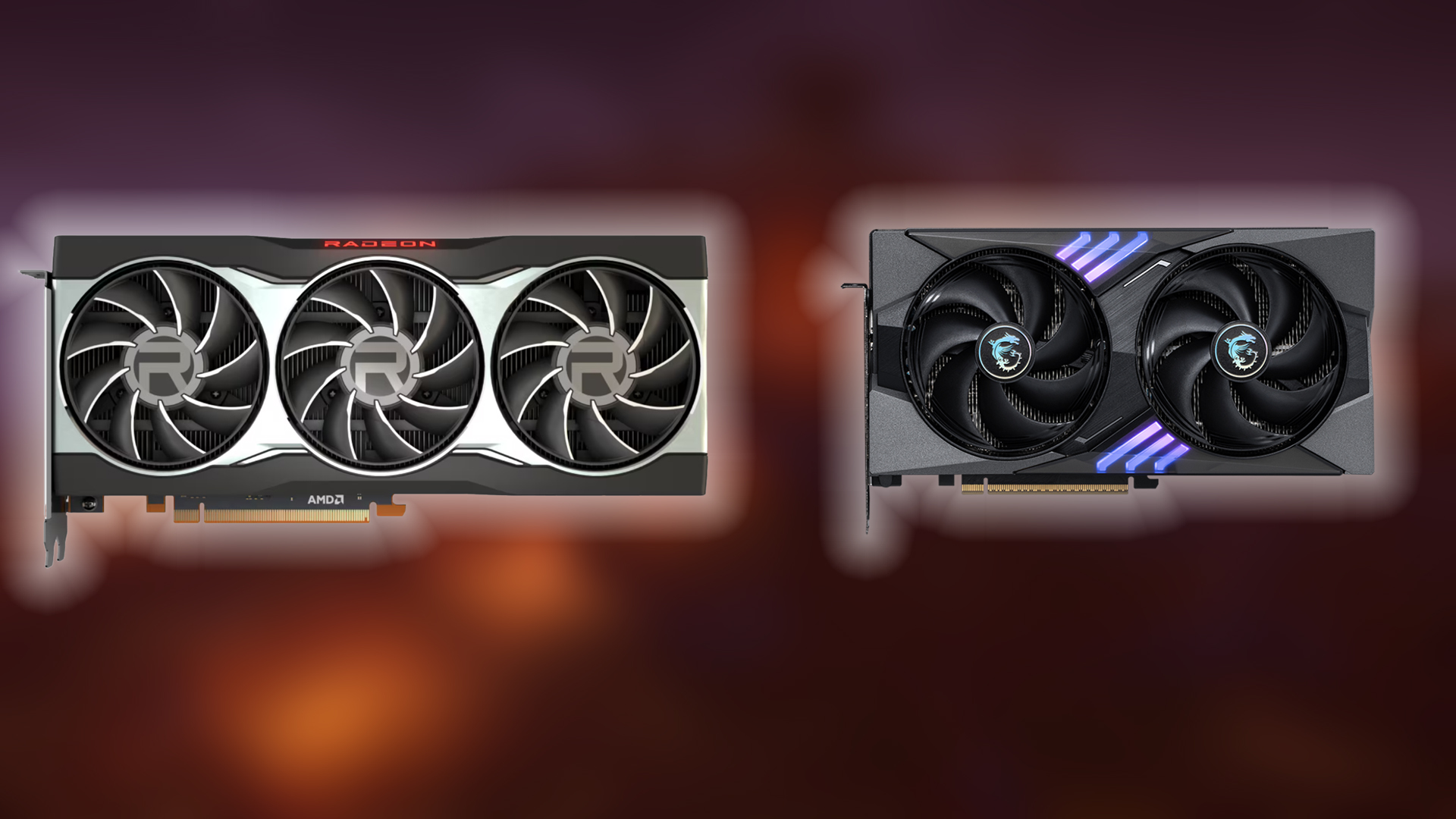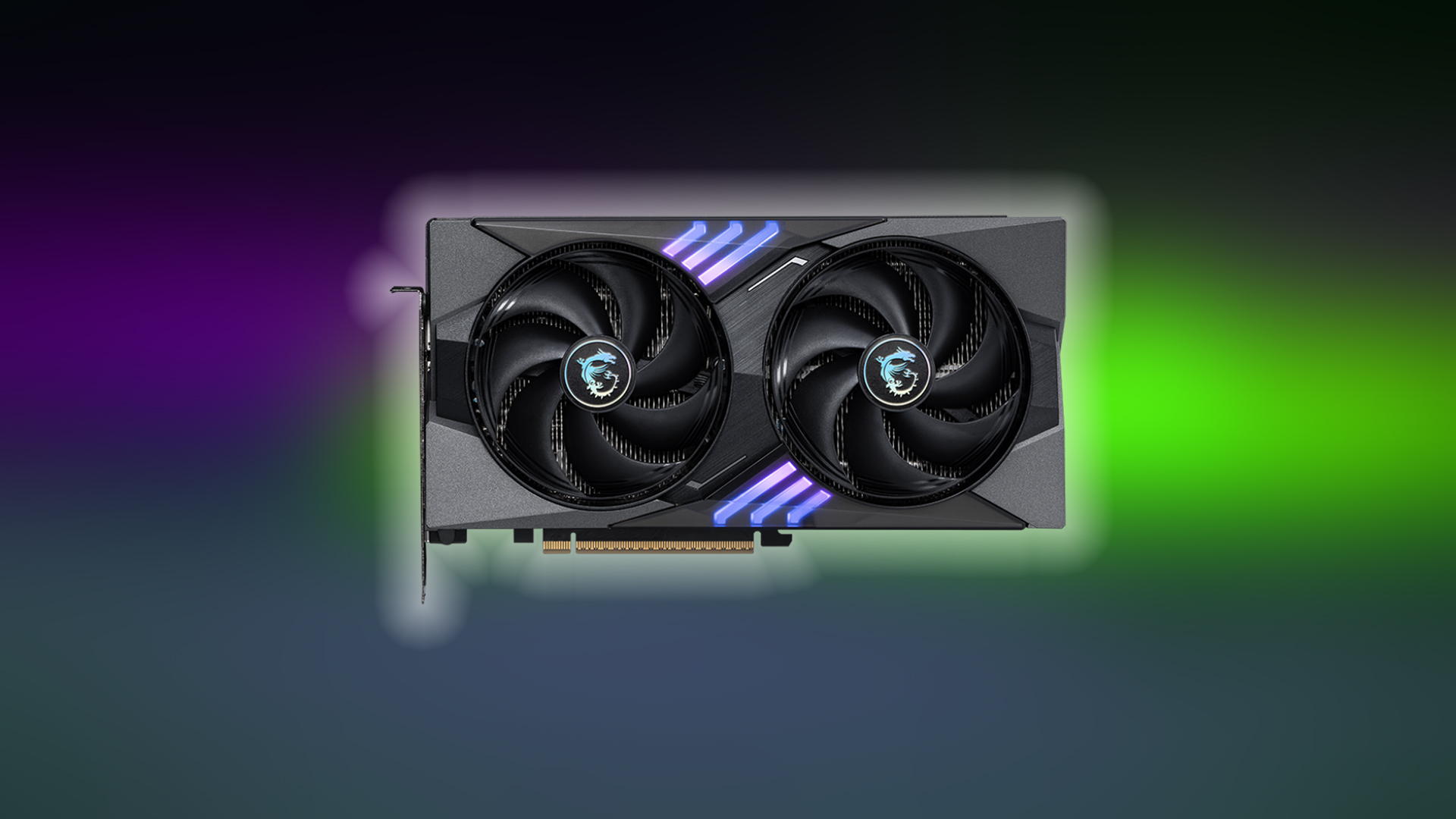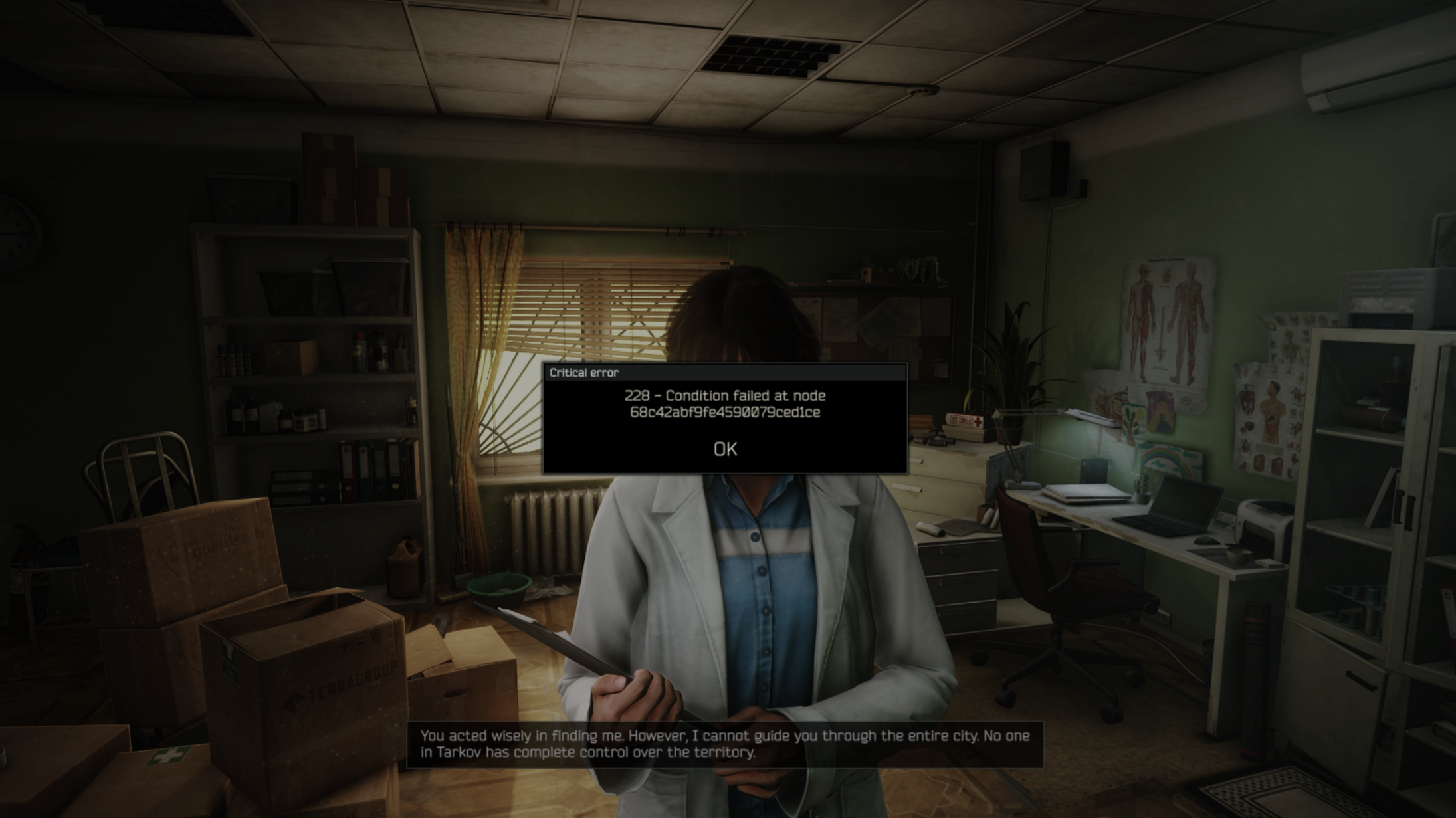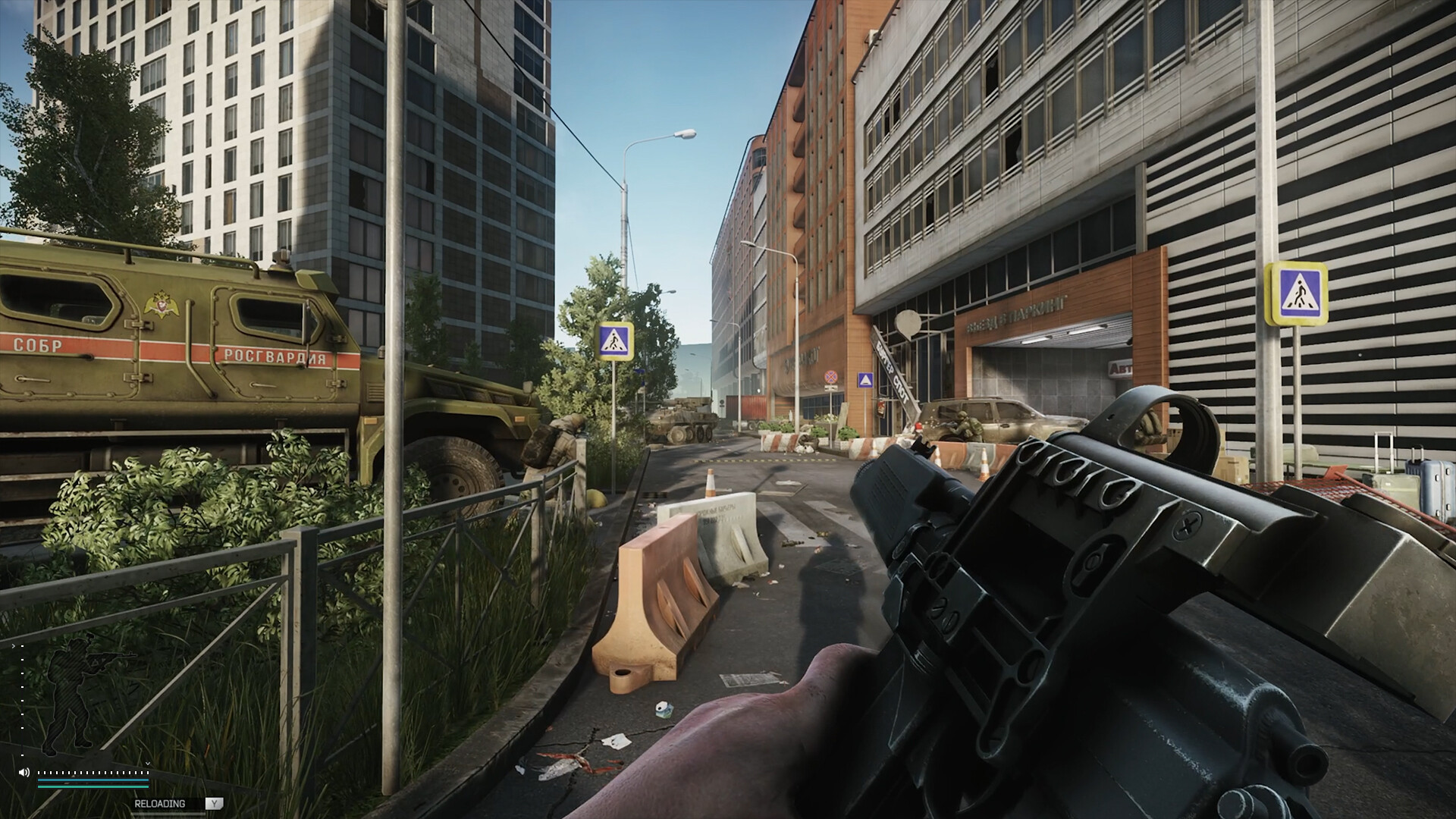This article compares the RTX 5060 Ti with the AMD RDNA 2 RX 6800 XT in terms of specifications, pricing, performance, and other key factors.

The RX 6800 XT offered serious gaming performance when it was released, often beating the RTX 3080 in raster performance, even in Nvidia’s favored titles. The RTX 5060 Ti sits between the 4070 and the 5070, offering a good balance of performance and power consumption.
Both cards are built for different purposes, but the gaming part remains the same. The 6800 plays even better on Linux, but the 5060 Ti can do better RT and has equal VRAM. This article explores the key differences between the two and recommends which one to choose.
Note: Our opinion comes after tallying across multiple reputable sources, providing a clearer picture when choosing between the two.
RTX 5060 Ti vs RX 6800 XT

The 5060 Ti is the new mid-range offering from Nvidia in 2025. The RX 6800 XT was high-end back in 2020. Despite the generational gap, the 6800 XT still holds up nicely with its raster performance and wider memory bus. Linux gaming is also a thing now, and the AMD cards do exceptionally well in most titles, ie.
The 5060 Ti offers MFG, an upgraded iteration of Frame Generation technology, and better AI and ray tracing features. Both GPUs feature 16GB of VRAM, but the 6800 XT pairs it with a 256-bit memory bus, compared to the paltry 128-bit found on the 5060 Ti. The 6800 XT consumes more power initially, but can be massively undervolted to match the 200W delta and still be faster than the 5060 Ti in raw raster. Ultimately, the comparison depends on your use case: raw framerates at 1440p and 4K without RT or using DLSS 4 and MFG alongside every title.
Regarding raster performance, the RTX 5060 Ti scores around 15,389 points in 3D Mark Timespy, an industry-standard raster benchmark. The 6800 XT scores around 19,277 points. The older RTX 3080 scores around 15,065 points. The Timespy score is a perfect example that represents the sheer raster performance the RX 6800 XT offers.
Specs Comparison
| Feature | RTX 5060 Ti | RX 6800 XT |
| Architecture | Blackwell 2.0 (2025) | RDNA 2 (2020) |
| VRAM | 8GB / 16GB GDDR7 | 16GB GDDR6 |
| Memory Bus | 128-bit | 256-bit |
| Memory Bandwidth | ~448 GB/s (16GB) | ~512 GB/s |
| Boost Clock | ~2570 MHz | ~2250 MHz |
| FP32 Compute | ~24 TFLOPS | ~20.7 TFLOPS |
| TDP | 180W | 300W |
| MSRP | $379 (8GB) / $429 (16GB) | $649 |
Performance overview
1080p and 1440p Gaming
The 5060 Ti outperforms the RX 6800 XT in most modern RT titles, such as Cyberpunk and Black Myth Wukong. It leverages DLSS 4, MFG, and more Nvidia goodness. But when RT is off, the situation is different. If you pair the 6800 XT with a weak CPU in 1080p, under a pure raster workload, you will be CPU-bound, and the performance offered by the 6800 XT will be on a different tier.
4K Gaming
The higher memory bandwidth and power headroom favor the 6800 XT by a lot in raster workloads. If you undervolt the GPU, the GPU clock speed increases further, increasing performance. You can enable DLSS 4 at ultra-performance on the NVIDIA side and still get doable image quality. It’s simple: Nvidia offers excellent software performance, and AMD offers incredible hardware, old but still gold. If you turn on RT, the 5060 Ti with better ray reconstruction and other RT features will be on the faster side. Practically, the 5060 Ti should not be used for 4K, but it’s there as an option.
Power Efficiency
The 5060 Ti is the most efficient 60-class card in the segment. However, the RDNA 2-powered 6800 XT can also be tuned a lot; undervolting is a thing for both Nvidia and AMD. Both cards gain a lot if you undervolt, but the power budget with the 5060 Ti is low considering the VRAM it carries. Lowering the voltage will increase the clock speed in both GPUs by boosting the algorithms’ behavior. But it would be pointless if the TDP is so low. This is why RDNA 2 gains a lot with proper tuning.
Price & Value
MSRP & Market Pricing:
- RTX 5060 Ti: $379 (8GB) / $429 (16GB)
- RX 6800 XT: $579 (MSRP), often found for $350+ on the used market
As mentioned, the 5060 Ti is the new mid-range card launched this year; the 6800 XT was 2020’s high-end. Considering the used price-to-performance ratio per dollar, a used 6800 XT makes the most sense if you plan to turn off RT and the game at 1440p and are okay with FSR. 5060 Ti makes more sense if you want a new GPU, all Nvidia features, and better encoders, video editing, and AI capabilities.
Pros & Cons Summary

|
GPU |
Pros |
Cons |
|
RTX 5060 Ti |
|
|
|
RX 6800 XT |
|
|
Bottom Line: Which Should You Buy?
Ultimately, the 5060 Ti 16GB is the best value overall. You can buy a new one and play RT-heavy titles. If your budget is below the price point of a 16GB 5060 Ti, consider getting the RX 6800 XT used. As mentioned earlier, both are great cards within their domain, but the 5060 Ti is faster for modern gaming using RT. When RT is turned off, the 6800 XT is faster, even at higher resolutions, 1440p and 4K.
Looking For More Related to Tech?
We provide the latest news and “How To’s” for Tech content. Meanwhile, you can check out the following articles related to PC GPUs, CPU and GPU comparisons, mobile phones, and more:
- 5 Best Air Coolers for CPUs in 2025
- ASUS TUF Gaming F16 Release Date, Specifications, Price, and More
- iPhone 16e vs iPhone SE (3rd Gen): Which One To Buy in 2025?
- Powerbeats Pro 2 vs AirPods Pro 2: Which One To Get in 2025
- RTX 5070 Ti vs. RTX 4070 Super: Specs, Price and More Compared
- Windows 11: How To Disable Lock Screen Widgets
 Reddit
Reddit
 Email
Email


